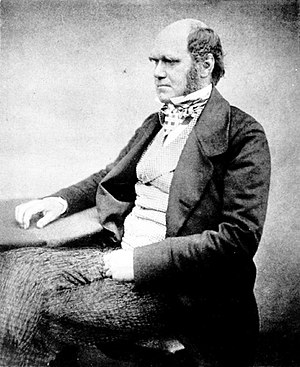 Image via Wikipedia
Image via WikipediaDear Readers,
You might have heard of WD-40, a "water-removing" chemical with hundreds of strange household uses. It means "water displacement - 40th attempt."
In your time stream, attempts 1-39 failed. In many, however, there were unintended products of the Rocket Chemical Company's research into water displacement.
One of our Night Faculty is the product of just such an attempt. We call it Woody, though its proper name is WD-36.
WD-36 is a literal sponge. It can absorb almost anything, and devour it in its entirety. When it does this with information storage media, it can almost internalize the information. WD-36 was a most efficient graduate student. It's also, as you might imagine, quite formidable in combat.
Unfortunately, WD-36 also has a rather volatile freezing/melting point. It needs to be somewhat solid in order to function, and the daytime temperature at the University is just slightly too high for it to maintain coherence. Therefore, we had to place WD-36 on the Night Faculty.
Now, WD-36 may sound something like a B-movie villain to you. Fiction is often inadvertently inspired by something like what your time stream's Albert Einstein used to call "spooky action at a distance." The existence of an all-devouring monster that resulted from industrial accident in one time stream leads to thought patterns in the people who react to that monster. We can use augury to read those thought patterns, but the human brain itself can pick up on that. People in other time streams can learn about what's going on, whether they mean to or not. And then, they can make horror movies.
So next time you're watching something scary, consider that somewhere, somewhen, somehow, that thing is happening. And if it ever gets the chance to break down the barriers between worlds, you might just find it's coming to eat you.
Then you'll have to turn to a friendly professor who's been watching all along, a friendly professor who knows how to frighten the monster. And I and my Night Faculty will be here for you.
Happy Hallowe'en.
Always,
John Skylar
Chairman
Department of Anachronism
University of Constantinople












